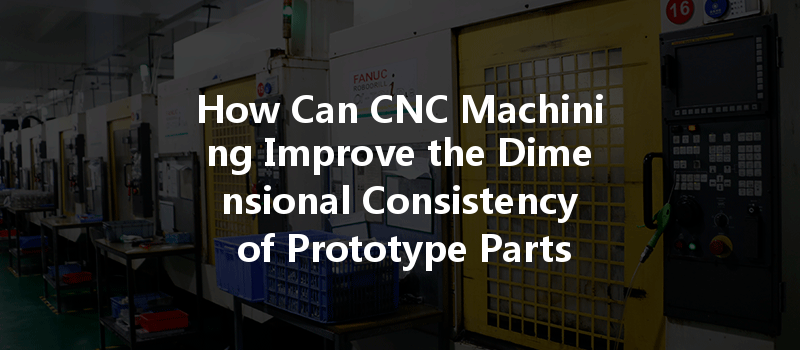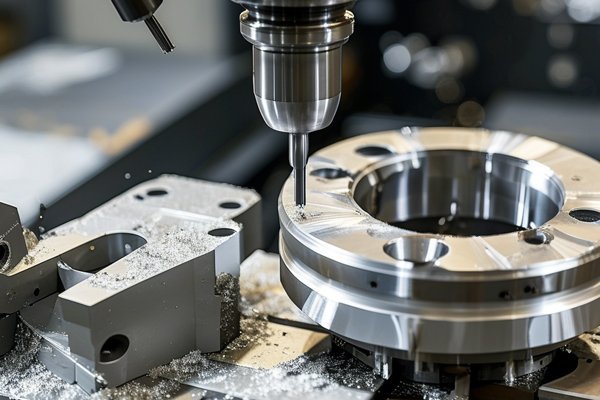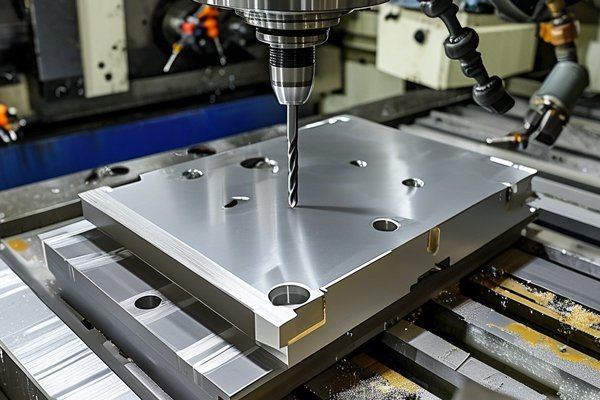Opening
Did you know that nearly 20% of prototype parts fail to meet dimensional tolerances due to inaccuracies in the machining process? This statistic highlights not just the challenges within CNC machining but also the critical role that technical training and guidance play in achieving precision and consistency. As industries continue to evolve and require more complex prototypes, ensuring that machinists are equipped with the right skills becomes imperative. This blog explores how CNC machining, coupled with effective training and technical guidance, can enhance the dimensional consistency of prototype parts.
The Importance of Dimensional Consistency in CNC Machining
CNC (Computer Numerical Control) machining stands at the forefront of manufacturing technologies, offering enhanced precision, repeatability, and the ability to produce intricate designs. However, the effectiveness of CNC machining depends significantly on how well operators and engineers understand the process and equipment. When dimensional consistency is emphasized in training, it leads to better quality products, reduced waste, and improved customer satisfaction.
Dimensional consistency—referring to the adherence to specified tolerances—ensures that each prototype part not only fits perfectly but also functions as intended. This is particularly vital in industries such as aerospace, automotive, and medical, where precision is non-negotiable.
Key Components of CNC Machining Training for Dimensional Consistency
Training should start with a comprehensive understanding of tolerances—how they are defined, measured, and implemented. Operators must learn to read technical drawings accurately and determine the acceptable limits for each dimension.
Solution: Hands-on Workshops
Incorporating hands-on workshops where trainees practice measuring parts against specifications can solidify their understanding of tolerances. Creating a simulated environment with mock prototypes can also enhance learning.
The software used in CNC machining directly impacts precision. Operators who are well-versed in CAD (Computer-Aided Design) and CAM (Computer-Aided Manufacturing) software will be more adept at programming machines to achieve precise results.
Solution: Software Training Sessions
Regular software training sessions, highlighting the importance of correct machining parameters, tool paths, and post-processing commands, ensure that operators are prepared to leverage technology for enhancing dimensional accuracy.
The selection of the right tools significantly affects the final product’s dimensions. Additionally, maintenance of tools ensures that there are no deviations caused by wear and tear. Training should emphasize the appropriate choice of cutting tools and the relevance of proper maintenance schedules.
Solution: Tool Selection Workshops
Organize workshops that focus on different types of cutting tools, their applications, and maintenance practices. A real-time demonstration can show operators the consequences of using dull or inappropriate tools.
Regular calibration of CNC machines is critical to maintaining their precision. Operators must be trained in the procedures for checking and calibrating machines, ensuring that they can identify and rectify any deviations immediately.
Solution: Calibration Certification Program
Introduce a certification program for operators who can prove their competency in machine calibration. This encourages them to take ownership of machine performance and emphasizes its importance in dimensional consistency.

Implementing SPC enables operators to monitor and control the machining process. By understanding variability and utilizing data to make informed decisions, operators can ensure greater consistency and predictability in their outputs.
Solution: Data Analysis Training
Allocate time for operators to learn statistical analysis techniques. Providing simple tools for data collection and analysis can empower them to actively engage in process improvement.
Having a robust QA process is essential for achieving high dimensional consistency. Operators should be trained to conduct regular inspections and understand the importance of feedback loops.
Solution: Development of QA Checklists
Create comprehensive checklists that guide operators in performing quality assessments throughout the machining process. This promotes a culture of quality first and highlights the importance of consistent outputs.
Challenges in Achieving Dimensional Consistency
While there are clear solutions to improve dimensional consistency in CNC machining, several challenges may arise:
Addressing these challenges is not just about improved training but incorporating feedback from operators regarding what they observe on the floor.
The Role of Continuous Improvement
CNC machining is an area where technology and practices are continuously evolving. Therefore, training programs should not remain static. Continuous improvement models such as Lean Manufacturing can be implemented to ensure that operators are always learning and adapting.
Dimensional consistency in CNC machining is a multifaceted challenge that can be overcome through effective technical training and guidance. By focusing on understanding tolerances, mastering CNC software, selecting the right tools, ensuring proper machine calibration, using statistical process control techniques, and implementing best practices for quality assurance, organizations can significantly enhance the quality of their prototype parts.
Recognizing the value of continuous learning and improvement will not only optimize manufacturing processes but also elevate the standards of precision and quality across industries. As the competitive landscape of modern manufacturing grows ever more intricate, investing in training is not just important—it’s indispensable for anyone looking to thrive and lead in CNC machining.
This blog underscores the need for a future-oriented approach to CNC machining training. As we embrace the challenges and opportunities ahead, let us remember the critical link between technical knowledge and manufacturing excellence. Your commitment to enhancing skills today could very well define the standards of tomorrow.






